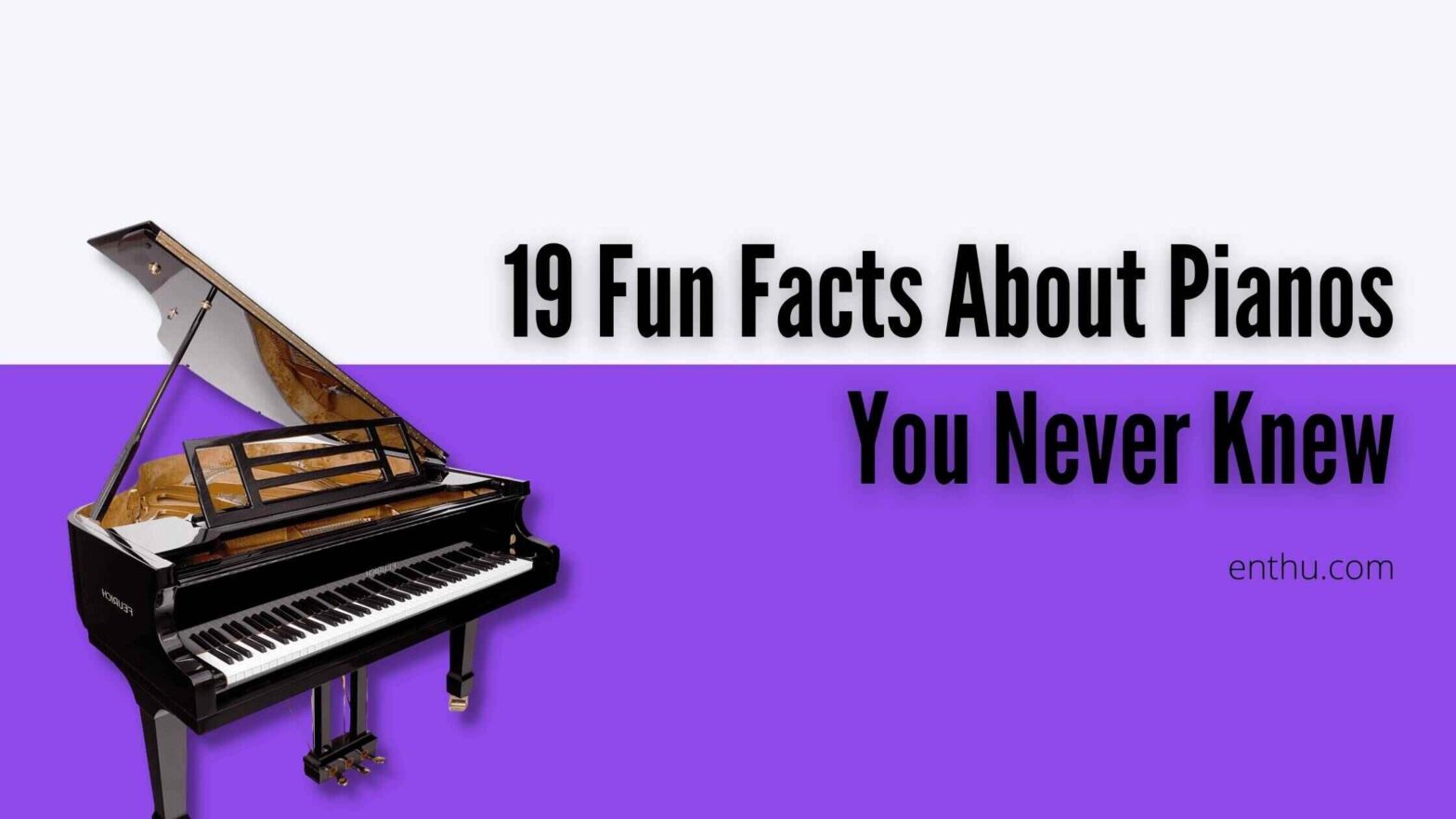Did you know that piano learning can enhance concentration?
Yep, it does. The piano is an amazing musical instrument. If you dig deeper, you will realize it’s nothing less than a wonderland in itself.
For example, it gets affected by its environment just like a living organism. At the same time, it can hold 12,000 parts within its body but still steals the show with its elegance.
You may or may not be a pianist; I am sure these fun facts about pianos will blow your mind. By the way, kids who learn piano perform better in curricular and co-curricular activities (because of the enhanced concentration).
Fun Facts About Piano That Will Blow Your Mind
Let’s dive in with piano-related fun facts.
19. The Costliest Piano is worth $3,400,000
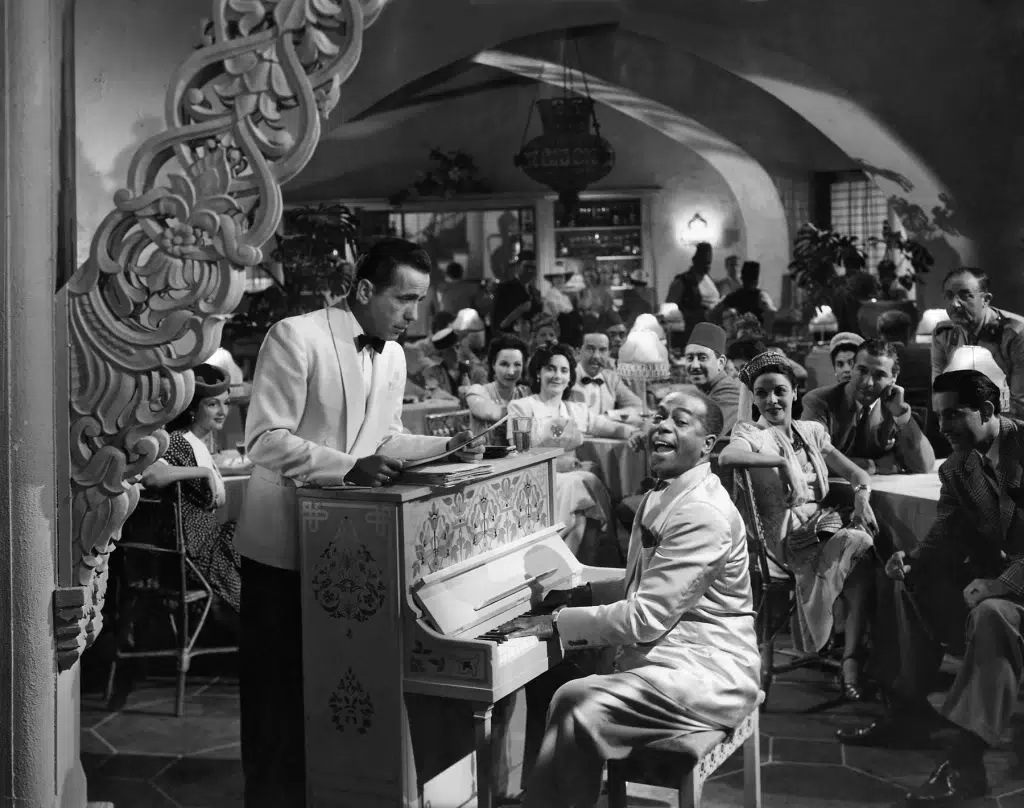
The crystal piano was the most expensive piano in 2008, but the “As time goes by” piano replaced it in 2014.
The “As time goes by” piano is a piano featured in the song of the same name in the movie Casablanca. It was auctioned in 2014, and the highest bidding was $3,400,000.
Learn to play piano and sing at the same time
18. Pianist Lang Lang Played the Crystal Piano in 2008
The living legend Lang Lang played the costliest piano at the Olympic Games 2008, held in Beijing. It was the Heintzman Crystal Piano worth $3,220,000.
Although it’s named crystal piano, it is made of acrylic. Also, it’s transparent in appearance.
The Crystal Piano! Designed by Heintzman Pianos this instrument was played for the first time in front of an audience at the Beijing 2008 Olympic Games by pianist Lang Lang. The piano features a transparent design and is called the Crystal Piano. It was sold for $3.22 million. pic.twitter.com/GxGgej94TH
— Forté Music School Toledo (@ForteMusic419) May 14, 2018
17. The World’s Largest Piano is 6 Meters High
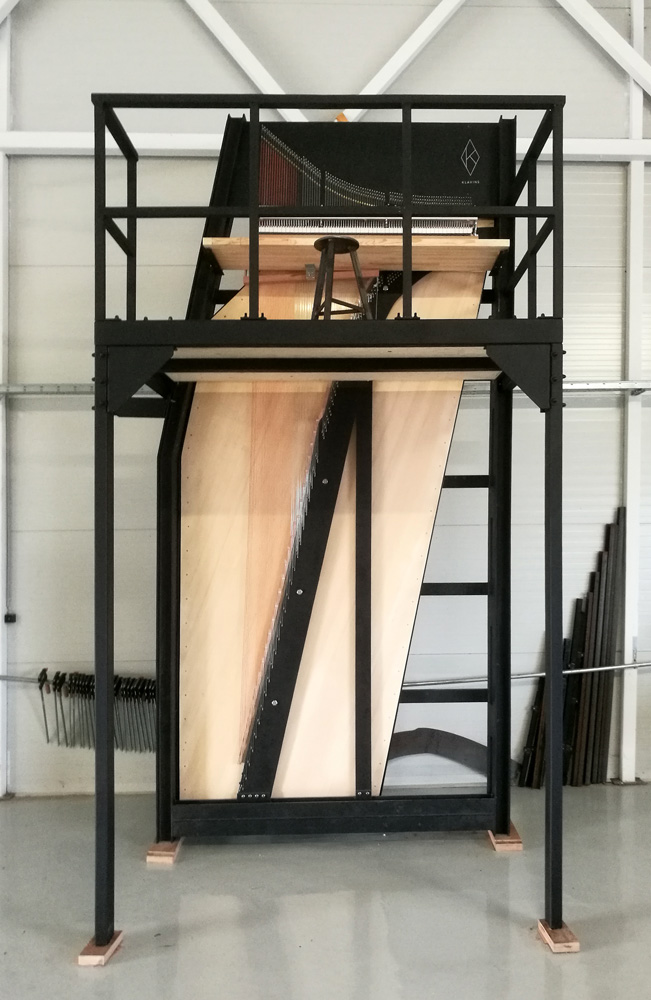
The world’s largest piano is the 450i Vertical Concert Grand unveiled in 2019.
The German piano maker, David Klavins, is the proud inventor of this giant musical instrument.
Do you know what is Suzuki Piano Learning Method?
16. The World’s Tiniest Grand Piano is 7 Inches High

A Japanese toy company called Sega Toys invented the world’s tiniest grand piano. It is 9.8 inches wide and 11 inches deep (25x18x33 cm). It features a small speaker, 88 keys, an SD port, and several pre-recorded, famous songs. Not to forget, it has all the 88-keys that a grand piano comes with.
The toy company named this miniature piano the “Grand Pianist.”
15. A Grand Piano Consists of 12,000 Parts
Here’s an interesting fact about piano: a grand piano has 12,000 Parts within its framework. Can you imagine?
As you might have already guessed, yes, most of these parts are located in the keyboard area.
14. A Venetian Invented the Piano
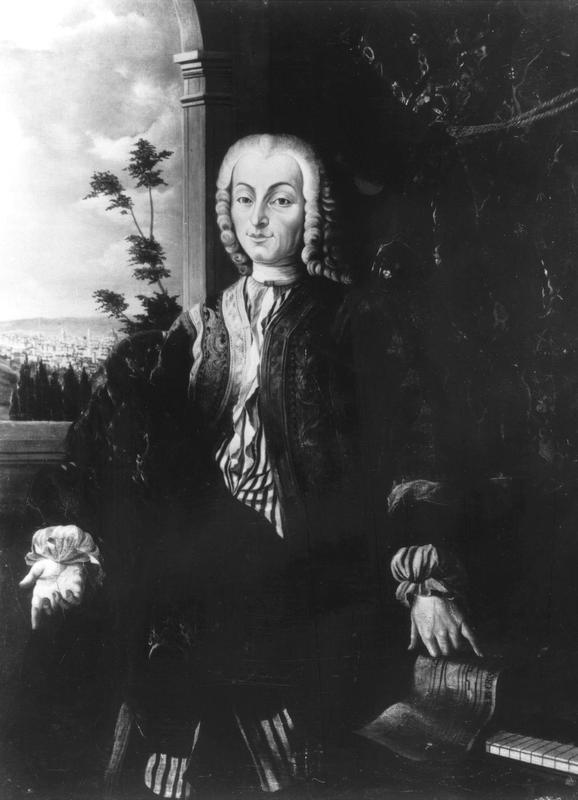
Bartolomeo Cristofori (1655-1731), a citizen of the Republic of Venice, constructed and invented the first piano ever. Although there isn’t any evidence, many believe he was an apprentice under the great violin maker Nicolò Amati, where he learned his craftsmanship and skills.
Later in his life, Cristofori showed excellence as an instrument innovator. Before constructing the piano, he made harpsichords, organs, and many more instruments.
Label Musical Notation on Piano Keys
13. The Tuscan Royal Family, Medici, funded the Invention of Piano
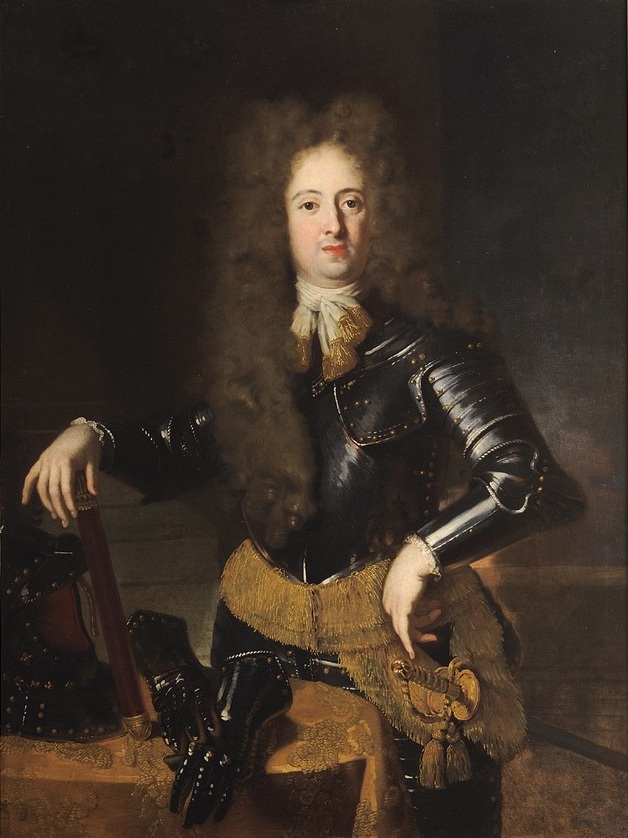
Prince Ferdinando de Medici, Grand Duke of Tuscany (then an independent state), was passing through Venice when he met Bartolomeo Cristofori. The duke was a collector of art and patron of musical instruments.
Historians claim that the duke had an enormous collection of musical instruments. He hired the innovator Cristofori to take care of his instruments. Under Medici’s orders, Cristofori invented the piano in 1700 and presented it to the court.
12. The piano is a Descendant of the Ancient Instrument Organ

Originating during the Roman empire, the organ came a long way. Earlier it was played during the games and races; then, it became a religious instrument. Even though it was a secular instrument during the Byzantine period, it became a church instrument eventually.
If you dive into the history of piano, you’ll realize the piano’s immediate ancestors–such as the harpsichord and clavichord–originated from the organ.
In other words, it was the organ-makers who experimented and managed to invent new musical instruments from it. In fact, Bartolomeo Christofori, the piano inventor, was also an organ maker.
11. There are 13 Different Types of Piano
At present, there are 13 different types of piano that are manufactured in the market. Let me tell you how.
There are 7 types of grand pianos. They are-
- Petite grand
- Baby grand
- Medium grand
- Professional grand
- Parlor grand
- Semi-concert grand
- Concert grand
Next, we have 3 types of upright pianos.
- Spinet upright
- Console upright
- Studio upright
After that, last but not least, we have electronic/digital piano. And, there are 3 types of digital pianos manufactured in the market. They are:
- Standard digital
- Upright digital
- Stage digital
Please note that these divisions are created on a broader scale.
10. Spinet was Invented Before Piano
A spinet is a smaller construction of any keyboard instrument. Earlier, the word “spinet” was generally related to harpsichords–bentside spinet. Hieronymus de Zentis manufactured the first spinet in 1631.
9. The Piano Inventor, Cristofori, also Invented Spinettone

Cristofori was an instrument innovator. While serving the house of Medici, he also developed the spinet into a Spinettone.
The spinettone, a harpsichord-like instrument, comprised multiple choirs of strings. It has a disposition of 1 × 8′, 1 × 4′, and worked using the old mechanism for changing stops that Cristofori had earlier used for his oval spinet.
8. Most Great Piano Makers are German
Yes, it’s a weird fact. If you name the best piano makers/brands in the market, 90% of them are Germans. Even if they’re not operating in Germany currently, you will trace their roots back to the country. For example, Steinway & Sons. Earlier, they were Steinweg & Sons.
However, this is a more contemporary fact. In the 1700s and 1800s, the best pianos were either made in Italy or Vienna.
7. Piano Tuning Changes with the Weather
Yep, the music a piano creates greatly depends on the temperature and humidity of its surroundings. Moreover, if there’s a sudden change in the physical surroundings, the tuning of the piano changes dramatically.
6. A Piano is Both A String and Percussion Instrument
This is a highly debatable topic among music enthusiasts. While some consider the piano as a string instrument, some argue it’s a percussion instrument.
To know why it’s in debate, please read this.
5. Beethoven Played Fortepianos

When the piano was invented, the word “piano” didn’t mean the musical instrument we refer to. In fact, there was no word called the piano. This musical instrument was called the “fortepiano.”
When Beethoven was active, he played fortepiano. In the 18th century, music lovers used fortepiano and pianoforte interchangeably.
Want to Play a Beethoven Piece?
4. The Word “Piano” meant Soft Volume/Music
In the 17th and 18th centuries, the word piano didn’t mean a musical instrument. Instead, it meant soft music or soft volume.
3. The First Electric Piano was Invented in the 1920s
The first electronic piano was manufactured in the late 1920s by Oskar Vierling. It was a grand piano.
Later in the 1930s, it was improvised by Walter Nernst and marketed as a Neo-Bechstein in the 1930s.
2. Elisha Gray Invented the First Electric Keyboard in 1874
Elisha Gray created the first electronic keyboard in 1874. He named it “The Musical Telegraph.” It featured a two-octave keyboard and transmitted the music through telegraph wires.
1. Pianos Had Ivory Keys
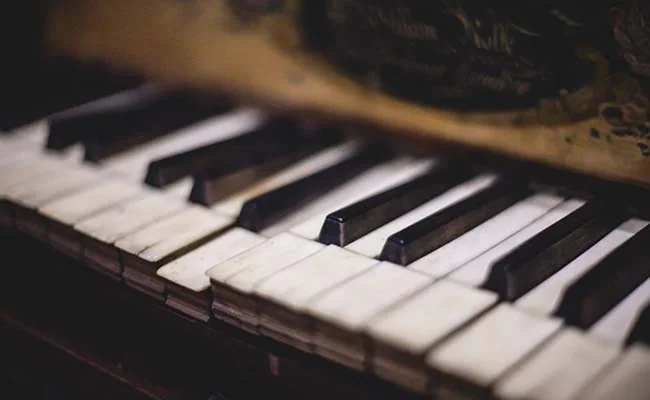
Until the early twentieth century, piano keys were manufactured with ivory–a solid whitish material extracted from elephant tusks or rhino horns.
In the early twentieth century, using ivory was banned because of excessive poaching cases.
FAQs
What is unique about pianos?
Pianos are considered excellent first instruments. Piano players, including kids, can learn to play piano easily. It provides easy gratification.
On top of that, the piano is the best instrument to play solo. Besides being capable of accompanying itself, it is one of the few instruments in which you can play two music pieces/parts at the same time.
How did the piano get its name?
Earlier, pianos were known as fortepiano or pianofortes. Later, it came to be known as piano because of its soft music.
Another reason is that piano is easier to pronounce than pianoforte/forte piano. Over the course of time, the mass picked up the easy name that eventually stuck forever.
How old is the oldest piano?
The oldest piano in the world is 302 years old. It’s one of the pianos that Cristofori himself manufactured. The oldest existing piano was constructed by Bartolomeo Cristofori in the 1720s. Currently, it’s in the Metropolitan Museum of Art in New York.
Learn Piano From Expert Teachers
Conclusion
From the tiniest piano to the gigantic one, we went through almost every weird fact about the piano. I don’t know about it, but I was quite shocked by some of the piano facts, especially the fact that the costliest piano is worth around 3.4 million dollars.
I hope you liked reading the above facts as much as I enjoyed writing them. Well, then, adios for now.

